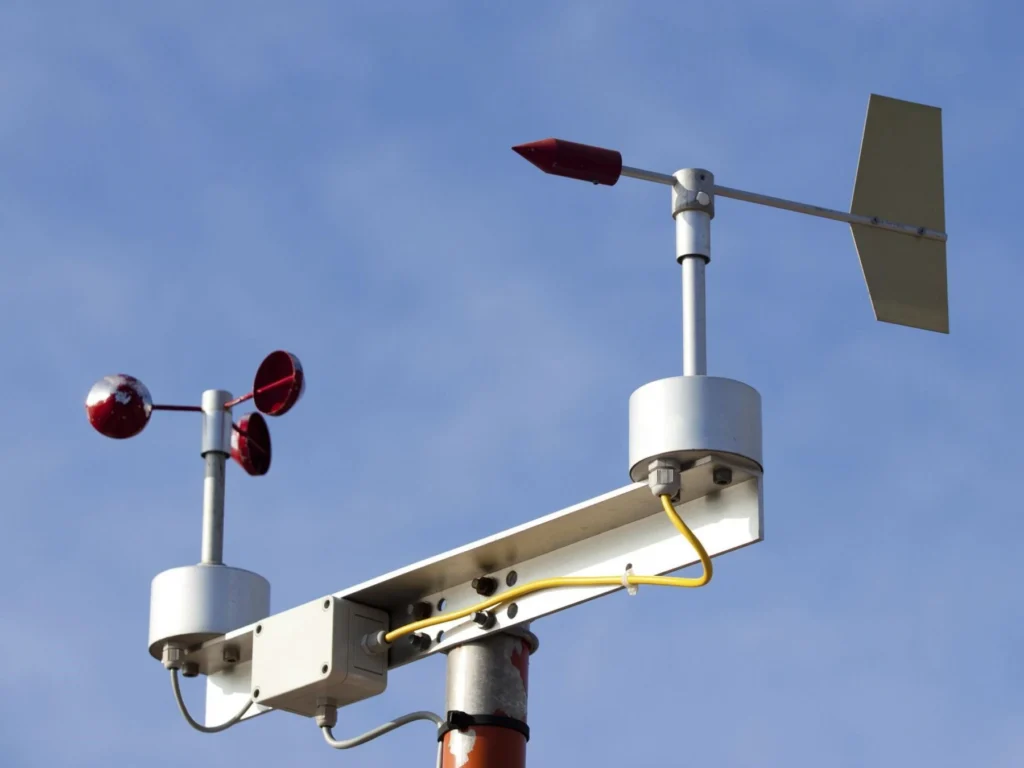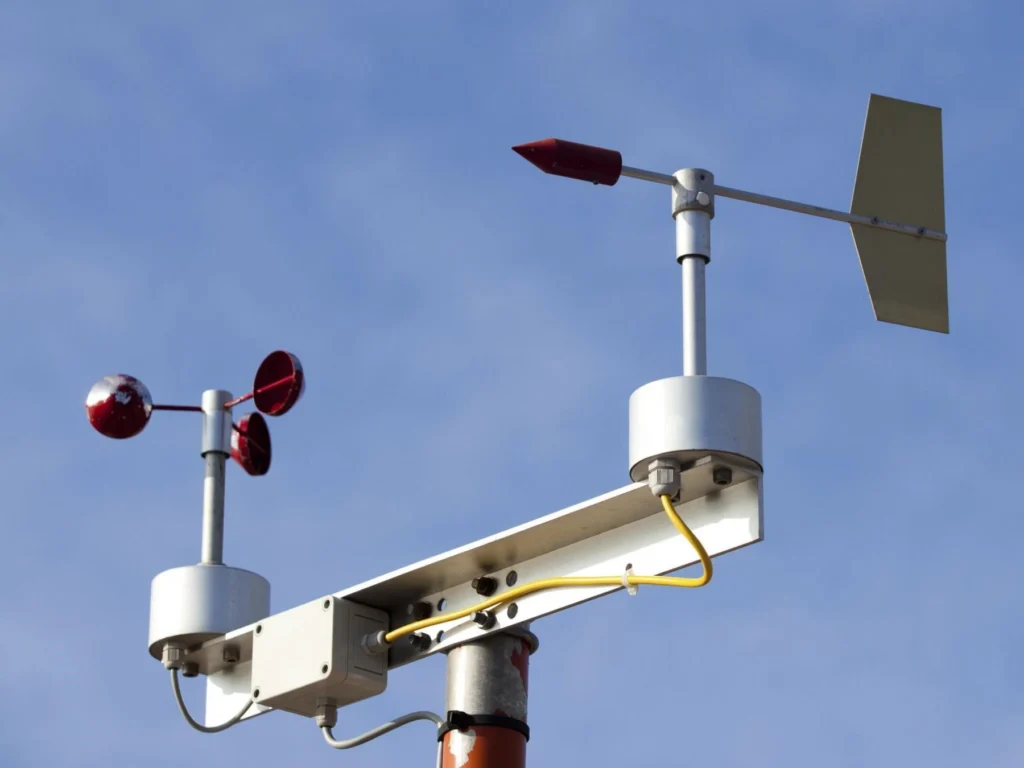
# Anemometer: The Instrument for Measuring Wind Speed
Wind speed is a crucial parameter in various fields, including meteorology, aviation, and environmental studies. To accurately measure wind speed, scientists and engineers rely on a specialized instrument known as an anemometer. This device has evolved over centuries, becoming an indispensable tool in understanding and predicting weather patterns.
## What is an Anemometer?
An anemometer is a device designed to measure the speed of wind. The term “anemometer” is derived from the Greek word “anemos,” meaning wind, and “metron,” meaning measure. This instrument is essential for gathering data that helps in weather forecasting, climate research, and even in the design of wind turbines.
## Types of Anemometers
There are several types of anemometers, each with its unique mechanism for measuring wind speed:
### 1. Cup Anemometer
The cup anemometer is one of the most common types. It consists of three or four cups mounted on horizontal arms, which are attached to a vertical rod. As the wind blows, the cups rotate, and the speed of rotation is proportional to the wind speed. This type of anemometer is widely used in weather stations due to its simplicity and reliability.
### 2. Vane Anemometer
A vane anemometer, also known as a windmill anemometer, features a propeller or a set of blades that rotate when exposed to wind. The rotation speed is measured to determine the wind speed. Vane anemometers are often used in applications where directional information is also required, as they can be combined with a wind vane to measure wind direction.
### 3. Hot-Wire Anemometer
The hot-wire anemometer uses a thin wire heated to a constant temperature. As wind passes over the wire, it cools down, and the amount of cooling is proportional to the wind speed. This type of anemometer is highly sensitive and is often used in laboratory settings for precise measurements.
### 4. Sonic Anemometer
Sonic anemometers measure wind speed by using ultrasonic sound waves. They consist of multiple pairs of transducers that send and receive sound pulses. The time it takes for the sound to travel between the transducers changes with wind speed, allowing for accurate measurements. Sonic anemometers are commonly used in research and meteorological applications due to their high accuracy and ability to measure wind speed in three dimensions.
## Applications of Anemometers
Anemometers are used in a variety of applications, including:
– **Weather Forecasting:** Anemometers provide critical data for predicting weather patterns and issuing weather warnings.
– **Aviation:** Pilots and air traffic controllers use anemometers to monitor wind conditions, ensuring safe takeoffs and landings.
– **Environmental Studies:** Researchers use anemometers to study wind patterns and their impact on ecosystems.
– **Wind Energy:** Anemometers are essential in the design and operation of wind turbines, helping to optimize energy production.
## Conclusion
The anemometer is a vital instrument for measuring wind speed, with a wide range of applications in science, industry, and everyday life. From the simple cup anemometer to the sophisticated sonic anemometer, these devices have become indispensable tools in our quest to understand and harness the power of the wind. Whether you’re a meteorologist, a pilot, or an environmental scientist, the anemometer is your go-to instrument for accurate wind speed measurements.
Keyword: instrument to measure wind speed
